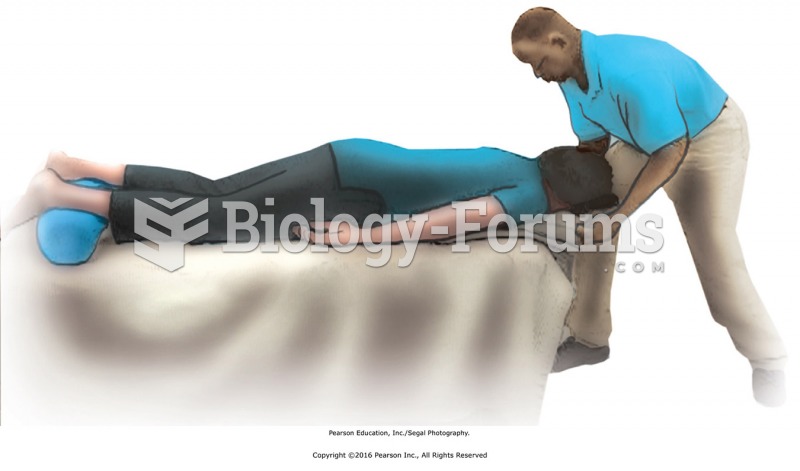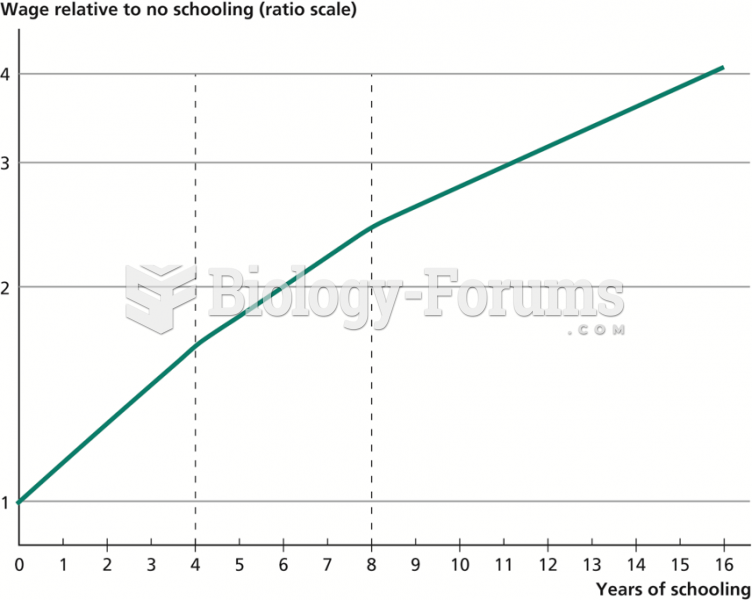Answer to Question 1
F
Answer to Question 2
Note: Some print versions of the text refer to the Image line of sunglasses managed by John Puckett. The name of the line should be Delta and the manager's name is John Barton.
1. This is a problem of two equations and two unknowns. The two equations relate to the number of cars detailed and the labor costs (the wages paid to the employees).
X = number of cars detailed by the experienced employee
Y = number of cars detailed by the less experienced employees (combined)
Budget: X + Y = 280 Actual: X + Y = 320
30X + 15Y = 6,720 30X + 15Y = 8,400
Substitution: Substitution:
30X + 15(280 X) = 6,720 30X + 15(320 X) = 8,400
15X = 2,520 15X = 3,600
X= 168 cars X = 240 cars
Y=112 cars Y= 80 cars
Budget: The experienced employee is budgeted to detail 168 cars (and earn 5,040), and the less experienced employees are budgeted to detail 56 cars each and earn 840 apiece.
Actual: The experienced employee details 240 cars (and grosses 7,200 for the month), and the other two wash 40 each and gross 600 apiece.
2.
Actual
Results
(1) Flexible-
Budget
Variances
(2) = (1) (3)
Flexible
Budget
(3) Sales -
Volume
Variance
(4) = (3) (5)
Static
Budget
(5)
Units sold 320 320 280
Revenues 72,000 11,200 F 60,800a 7,600 F 53,200
Variable costs
Supplies 1,360 80 F 1,440b 180 U 1,260
Labor Experienced 7,200 1,440 U 5,760c 720 U 5,040
Labor Less experienced 1,200 720 F 1,920d 240 U 1,680
Total variable costs 9,760 640 U 9,120 1,140 U 7,980
Contribution Margin 62,240 10,560 F 51,680 6,460 F 45,220
Fixed costs 9,800 0 9,800 0 9,800
Operating income 52,440 10,560 F 41,880 6,460 F 35,240
a 320 (53,200/280)
b 320 (1,260/280)
c 320 (5,040/280)
d 320 (1,680/280)
3. Actual sales price = 72,000 320 = 225
Sales Price Variance
= (Actual sales price Budgeted sales price) Actual number of cars detailed:
= (225 190) 320
= 11,200 Favorable
Labor efficiency for experienced worker:
Standard cars expected to be completed by experienced worker based on actual number of cars detailed = (168 280) 320 = 192 cars
Labor efficiency variance = Budgeted wage rate per car (Actual cars detailed budgeted cars detailed)
= 30 (240 192)
= 1,440 Unfavorable
Labor efficiency for less-experienced workers:
Standard cars expected to be completed by less-experienced workers based on actual number of cars detailed = (112 280) 320 = 128 cars
Labor efficiency variance = Budgeted wage rate per car (Actual cars detailed budgeted cars detailed)
= 15 (80 128)
= 720 Favorable
4. In addition to understanding the variances computed above, Marcus should attempt to keep track of the number of cars worked on by each employee, as well as the number of hours actually spent on each car. In addition, Marcus should look at the prices charged for detailing, in relation to the hours spent on each job. It should also be considered whether the experienced worker should be asked to take less time per car, given his prior years at work and the fact that he is paid twice the wage rate of the less-experienced employees.







